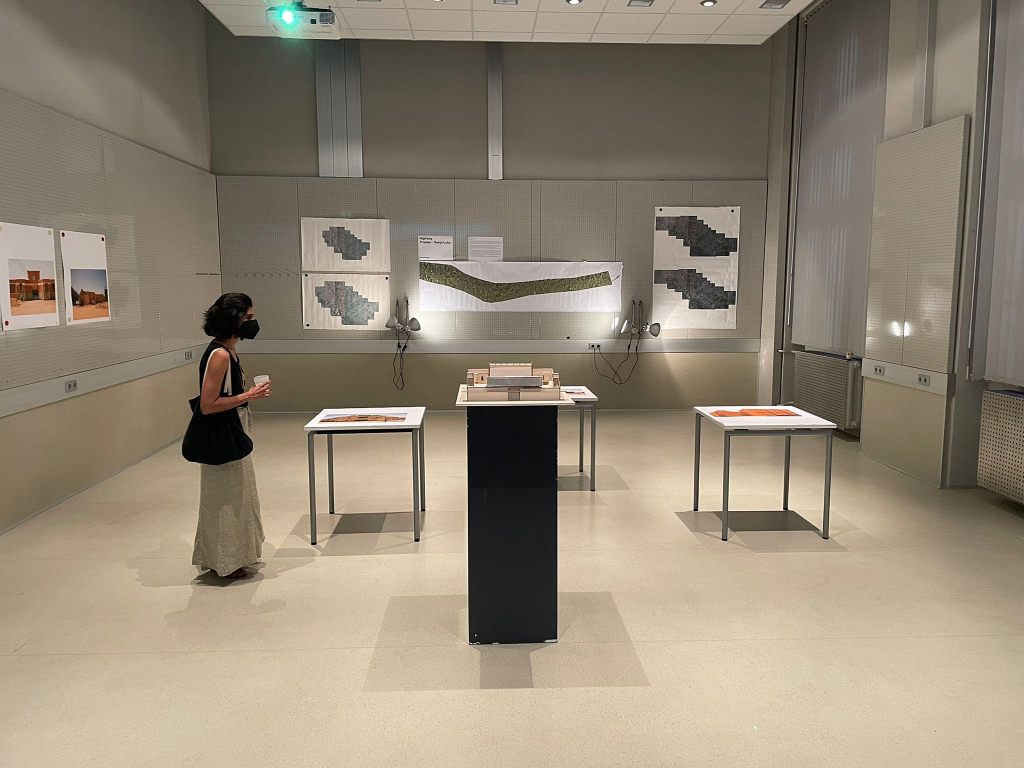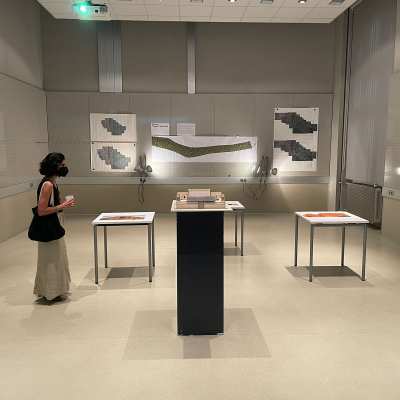At IZK, our project for Gender Taskforce has taken a two pronged approach within our teaching (in all courses), public lectures, research and exhibiting. In our teaching, students explored the historical, structurally institutionalized forms of sexism within the history of art (and architecture) and maligned figures (women architects) in architectural history. Building on Linda Nochlin’s method of questioning from her essay, ‘Why Have There Been No Great Women Artists?’ (1970), students inquired into the role of gender within architecture, and produced a set of material forms and responses, which resulted in exhibitions at Annenstrasse 53,. Within Artistic Practice 2 we held an inquiry with Gender Taskforce and Ena Kukić, the results of which have been processed by study assistants and documented by Gender Taskforce. In her workshop and lecture, am i actually an architect? new models of architecting, Angelika Hinterbrandner introduced students to feminist approaches to architectural production, power structures and self-narration. Students have also developed projects exploring and critiquing the mechanisms that produce and reproduce the gender hierarchy, seeking a methodology that can address architecture’s gender blindspots without relying simply on tokenistic inclusion.
The second aspect of IZK’s contribution to Gender Taskforce started with public lectures by Prof. Łukasz Stanek, From Eastern Europe to Africa: Women Architects in the Global Cold War and Dr. Samia Henni with Colonial Impositions and Their Non-Effects: The Problem of French Domestic Norms and Forms in Colonized Algeria. Henni also held a workshop at IZK titled, Colonial Present and Future. In response to these lectures, we developed an exhibition and blueprint for a publication. This research was first exposed at our faculty’s Sommerfest 2022. Taking global socialism as a context, we show the unfolding of a different set of stories that emerged through the global collaboration between an expanding network of socialist states, and the mobility that they afforded. By highlighting the work of women architects within both the Non-Aligned Movement, and global socialism, we aimed to show the material conditions, the infrastructures underpinning this body of invisibilized architecture, and their authors, not to romanticize the past, or imagine that it was clean of any oppression, but to show the unevenness and deafening silence in our received historical narrative.
One student, Abdelrahman Elbashir, who is developing his Master Thesis between the Department of Architecture and Urban Studies at Politecnico di Milano and TU Graz, is connecting this to the history of Sudanese Modernist architecture, in particular the history of cinemas and their development and demise. Part of this project was exhibited at Annenstrasse 53, as part of steirischerherbst ‘22.



